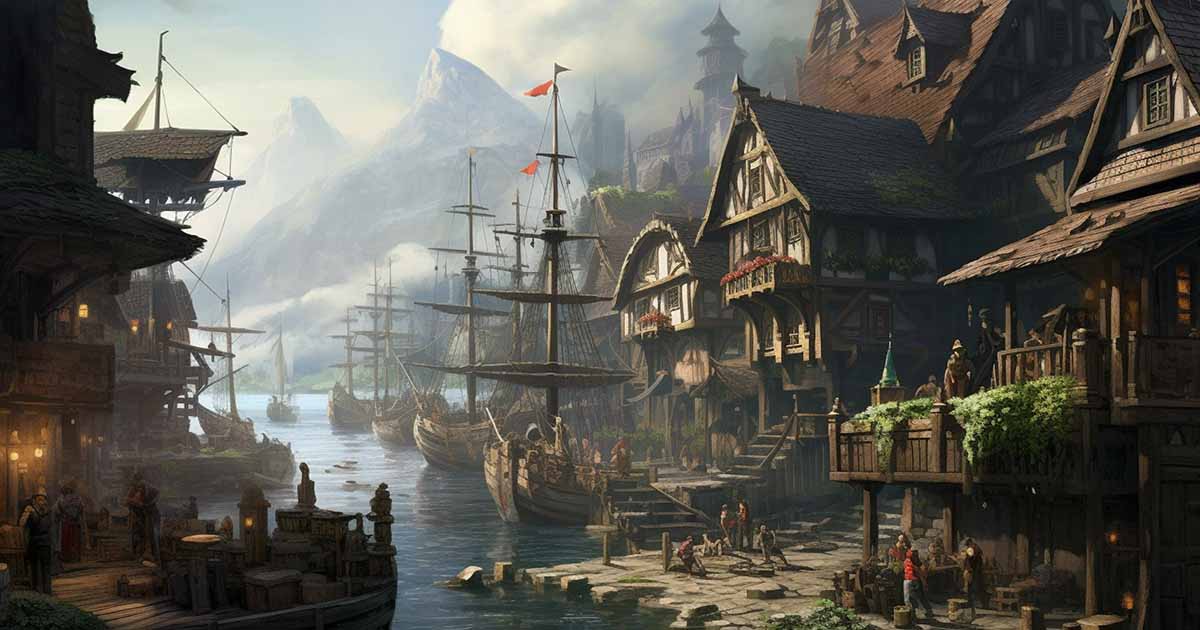Tortuga: The Cradle of Piracy (Video)
In 1492, as Christopher Columbus explored the northern coast of Hispaniola, he discovered an enigmatic, mountainous island on the horizon. It was named Tortuga de Mar for its resemblance to a sea tortoise. Though the Spanish showed little interest in this rocky outpost, the French, including hunters known as buccaneers, found it welcoming. These early settlers, initially met with guarded acceptance by the few Spanish inhabitants, established plantations and traded in meat and hides. Over time, more Frenchmen, including deserters and marooners, arrived on Tortuga. The Spaniards regretted their hospitality and sought to remove the newcomers. However, the buccaneers' guerrilla tactics and knowledge of the land proved formidable.
Tortuga's strategic location at the Windward Passage made it a prime base for French Sea Rovers and the Brethren of the Coast. Despite Spanish attempts to quell piracy, Tortuga thrived. Eventually, they sought protection under the English Providence Company, led by Governor Anthony Hilton. This alliance bolstered their hold on the island. Tortuga's history featured shifts in governance, piracy, and alliances. It remained a haven for buccaneers, supporting their activities until the rise of Port Royal and a peace treaty between England and Spain altered the pirate landscape. By 1680, Tortuga had lost its prominence, fading into obscurity as Saint Domingue became the focus of French interests.
- Pirate Havens: 8 of the Most Notorious Pirate Strongholds
- Benjamin Hornigold and the Republic of Pirates
Top image: Tortuga, The Cradle of Piracy. Source: Yasmina / Adobe Stock.

















